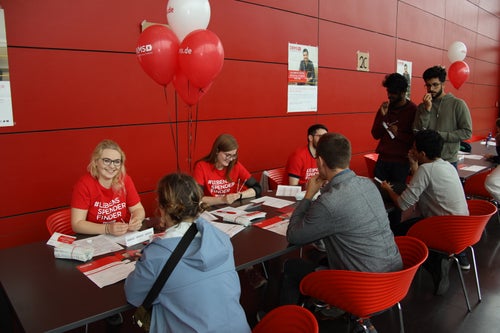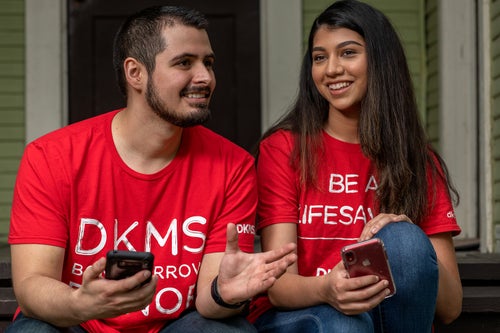Skip to main contentSkip to footer![Tania Gill DKMS Tania Gill DKMS]()

Give Tania Her Second Chance
Tania is a fourth-year medical student at Ohio State University. She's smart, generous, considerate, and her smile lights up every room she walks into.
Early this year, Tania was diagnosed with Acute Myeloid Leukemia (AML). Her particular kind of AML cannot be cured with chemotherapy alone. Her only chance is a stem cell transplant.
You can be the one to help cure, Tania and other patients like her who are waiting for their lifesaving match.



